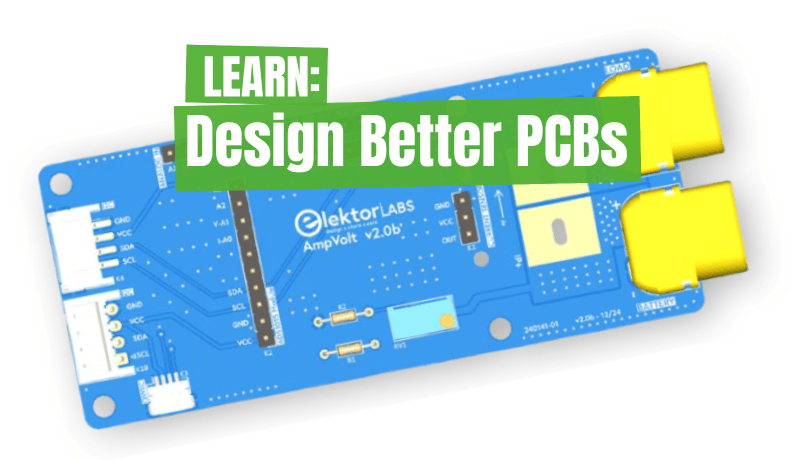Progettare PCB Migliori: Una Guida Pratica per Professionisti e Maker
su

The printed circuit board is more than just a carrier for components: it is the backbone of every electronic product. For beginners, the first goal is functionality, but as designs mature, other factors emerge: signal integrity, EMI compliance, cost efficiency, manufactureability, and aesthetics. A clean, disciplined layout is easier to debug, inspires confidence, and often performs better electrically.
This article draws on some guidelines, common best practices, and insights. We will move through the full process, starting at the schematic, progressing through layout and routing, addressing impedance and grounding, checking EMI considerations, and finishing with aesthetics, modularity, manufacturing awareness and more.
Reviewing the Schematic
The schematic is where most critical errors are born. Before moving to layout, every power rail should be validated against regulator capability. For example, a 5-V regulator feeding a high-current motor driver might look fine on pap...

